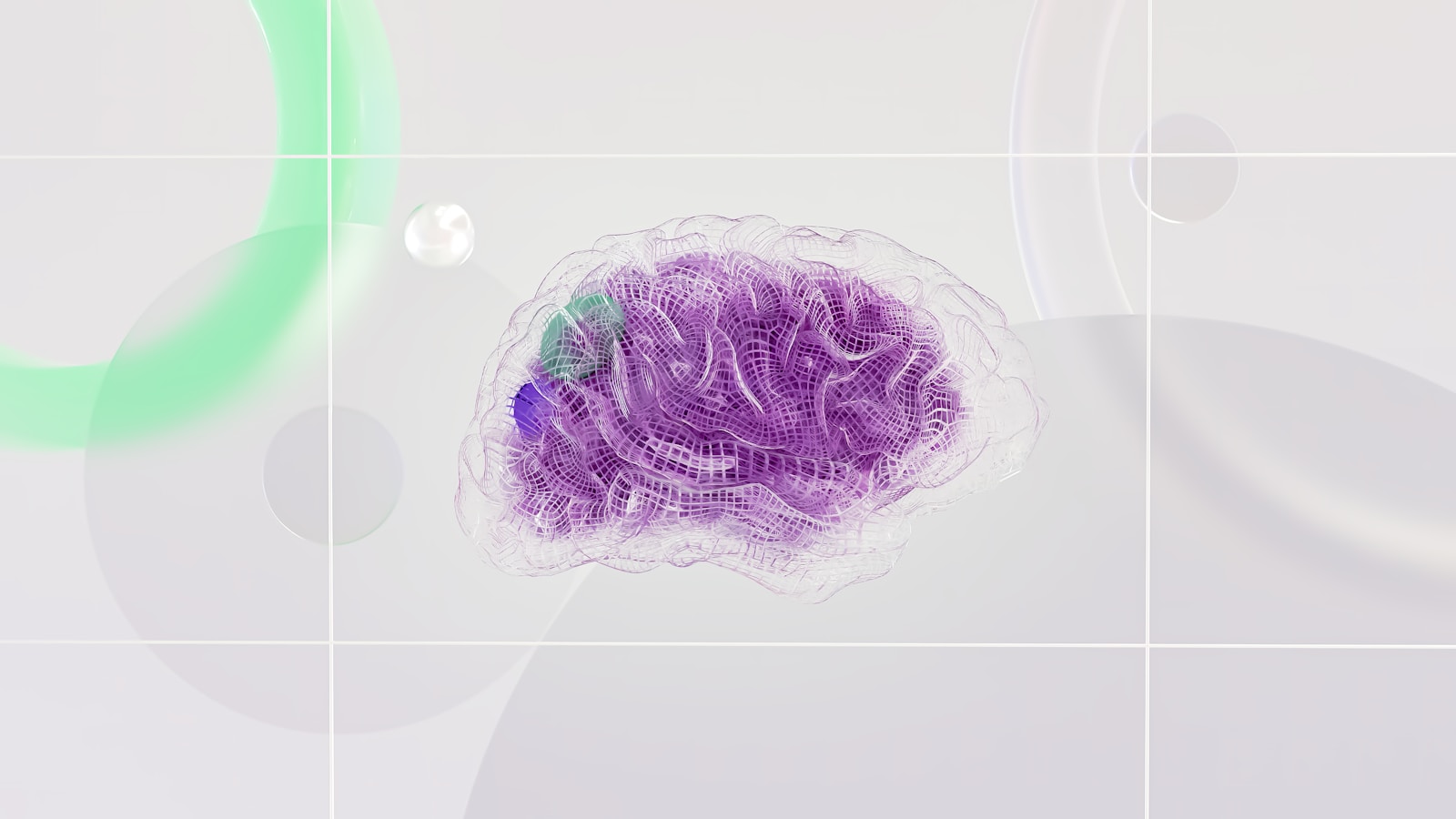AI will transform the world of work, streamlining repetitive tasks, offering new data-led solutions and creating jobs that leverage AI technologies.
HR will need to play a leading role in steering the organisation through this transformation, whilst also increasing efficiencies through integrating AI within the HR function itself.
Achieving this will not be easy; recent CRF research found that 91% of senior HR leaders thought that their HR business partners required further development in using and applying new technologies.
Read on for five pitfalls HR practitioners may encounter as they navigate this complex process, and how they can be addressed.
Pitfall 1: HR focuses only on upskilling itself in technical areas
HR practitioners will need to have their finger on the pulse of emerging technologies and ensure the HR function has a solid grounding in technical skills, such as prompt engineering and data literacy.
AI integration will be a transformation process and HR practitioners will need to lead the organisation through this.
This will require them to display a range of soft skills including creativity, people management and, particularly, change management.
HR will need to polish its problem diagnosis, facilitation and stakeholder influencing skills, helping it to oversee AI-led changes to jobs and ways of working whilst maintaining the employer brand and experience.
HR practitioners will need to have their finger on the pulse of emerging technologies and ensure the HR function has a solid grounding in technical skills, such as prompt engineering and data literacy
Pitfall 2: A lack of clear strategy in HR’s approach to AI integration
HR practitioners will need to create a clear strategy and systematic approach to AI adoption, avoiding becoming too swept up in the excitement of AI as a powerful new tool with the potential to revolutionise the way that we work.
This will include identifying the organisation’s challenges and areas where employees can benefit the most, then applying AI in the areas where it will be most valuable.
This is likely to mean prioritising certain areas of AI integration according to current and future business needs and deciding where (and how much) investment is most worthwhile.
Pitfall 3: AI processes are not used reliably and transparently
As AI becomes further integrated into organisations and is increasingly used to analyse employee data, HR practitioners will need to create and continually update ethical and privacy guidelines.
This will be a critical part of maintaining employee trust and avoiding any risk of reputational damage, fines and even lawsuits.
HR will also need to be aware of the risks of AI producing inaccurate, plagiarised, biased or even made-up results.
To help with this, HR should promote transparency and accountability in the use and development of AI technologies, which will help to mitigate the risks associated with biased outcomes and ensure the reliability of AI-generated results.
As AI becomes further integrated into organisations and is increasingly used to analyse employee data, HR practitioners will need to create and continually update ethical and privacy guidelines
Pitfall 4: Failing to upskill the wider workforce in future-focused areas
The integration of AI will significantly shift the job market.
Certain roles involving repetitive tasks may be replaced by automation, though new jobs leveraging AI technologies will emerge.
According to the World Economic Forum’s Future of Jobs Report 2023, six in 10 workers will require retraining before 2027.
HR will need to proactively prepare the workforce for this shift, implementing upskilling initiatives to ensure employees are equipped to meaningfully contribute to an evolving job market.
This will include actively engaging in identifying skills gaps, designing effective training strategies and facilitating a smooth transition for any employees in new roles.
HR practitioners will need to create a clear strategy and systematic approach to AI adoption, avoiding becoming too swept up in the excitement of AI as a powerful new tool with the potential to revolutionise the way that we work
Pitfall 5: Overlooking the importance of maintaining a ‘human touch’
Throughout all of the above, HR practitioners will need to keep in mind that AI is a tool to help and support people, who will still remain the critical factor in the workplace.
They will need to choose where to prioritise human interaction, rather than entirely moving to digital self-service models.
One area where HR practitioners may want to focus on is ‘moments that matter,’ such as returning from maternity leave.
HR should also consider what maintaining a ‘human touch’ means for different generations and employee populations, as it may vary considerably.
If you enjoyed this, read: Artificial intelligence in HR means liberation not limitation
[cm_form form_id=’cm_65a14c3f5da64′]






